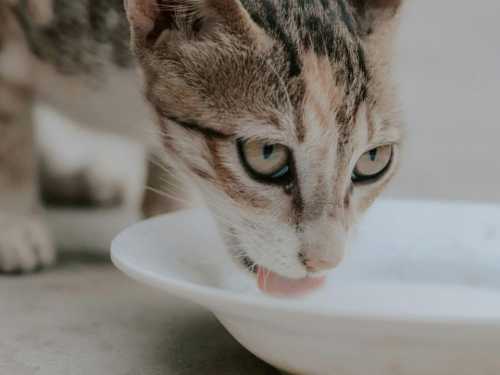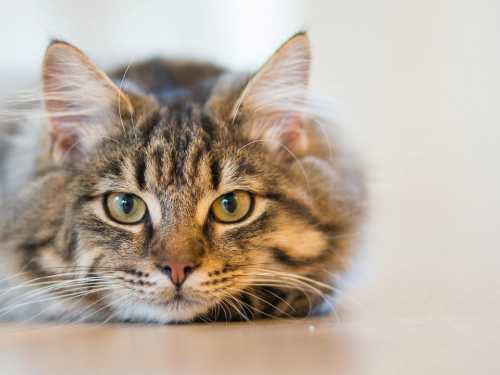
Pet owners often wonder whether it is possible to treat their furry friends with kefir. This question is especially relevant, given the widespread belief that milk is harmful to cats. Indeed, most adult cats are unable to properly digest regular milk due to the lack of the lactase enzyme, which breaks down milk sugar. However, the situation is different with kefir.
Why it's safer to give cats kefir instead of milk
Unlike milk, kefir undergoes a fermentation process, during which bacteria convert much of the lactose into lactic acid. This makes fermented milk products generally easier for cats to digest. This natural process makes kefir not only safer than milk, but also a potentially beneficial addition to your pet’s diet.
What are the benefits of kefir for cats?
When used properly, kefir can be beneficial. First of all, this fermented milk product contains live bacteria that have a beneficial effect on the microflora of your pet's intestines. A healthy balance of microorganisms in the digestive system is the key to strong immunity and proper absorption of nutrients.
Kefir contains a number of beneficial substances. Among them are B vitamins, which support energy metabolism and the nervous system, as well as vitamins A, PP and D. Among the minerals in kefir are calcium and phosphorus, which are important for bones and teeth, and potassium, which supports heart function. In addition, the product contains protein with essential amino acids, which are necessary for muscle tissue.
However, it is important to understand that in the small portions recommended for cats, kefir is more of a useful supplement than a significant source of these nutrients.
Which cats can be given kefir?
Despite the obvious benefits of kefir, it is important to remember that not all pets can consume it. Kittens should be given kefir with caution and, as a rule, no earlier than 6 months of age, when their digestive system is sufficiently strengthened. Until this age, babies need to be fed breast milk or specialized substitutes. Their digestive system is still developing, and even low-fat kefir can cause indigestion or diarrhea. For many kittens who receive a complete diet, kefir is not necessary at all.
You should also be extra careful if your furry friend is already quite old. Older cats often have sensitive digestions, so introducing new foods into their diet requires extra caution. You should also refrain from feeding kefir to pets prone to allergic reactions or those with gastrointestinal problems.
To feed your pet, choose natural kefir without additives with a fat content of no more than 3.2%, however, for animals prone to weight gain or with sensitive digestion, it is better to choose a product with a lower fat content (for example, 1%). The dosage should not exceed twice a week – excessive consumption can cause digestive upset.
You should not give your pet kefir straight from the refrigerator: it is better for the product to be at room temperature.
Important rules and warnings
Remember that kefir is not a substitute for a complete diet, but rather a useful addition to the diet. The serving size depends on the size of the animal: for kittens (over 6 months old) and miniature cats, 1-2 teaspoons at a time is enough, and for adult cats of medium and large sizes – no more than three teaspoons.
Special attention should be paid to the compatibility of products. It is not recommended to mix kefir with commercial food in the same bowl, as this may disrupt the balanced composition of the finished diet. It is best to offer it as a separate treat between main meals, treating kefir not as part of the daily menu, but as a rare delicacy in small quantities.
How to preserve the benefits of the product
Carefully monitor your pet's reaction. If any signs of discomfort or digestive upset appear, stop giving kefir. If your cat has not finished the recommended portion, do not leave the product at room temperature – this can lead to the growth of harmful bacteria.





